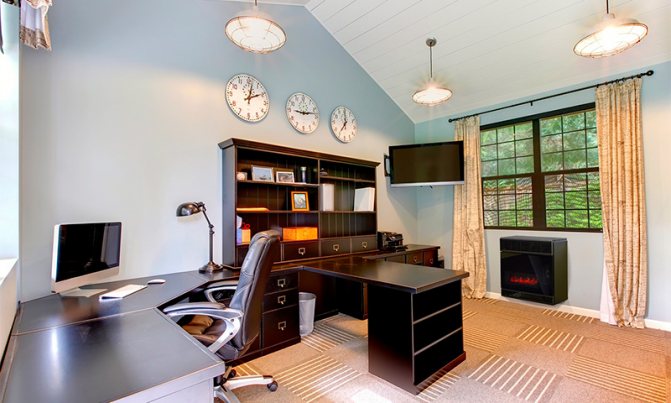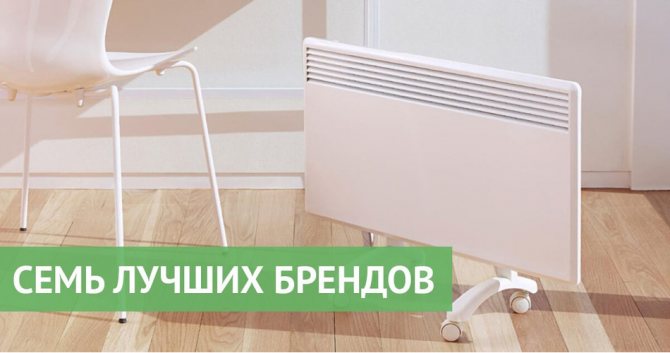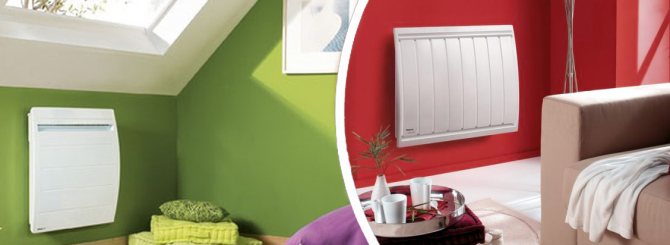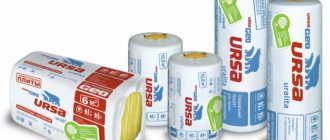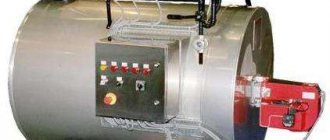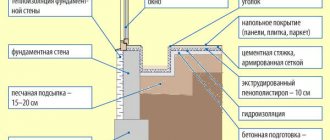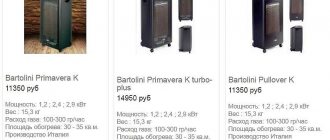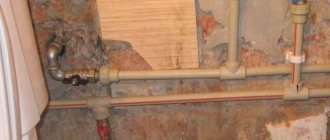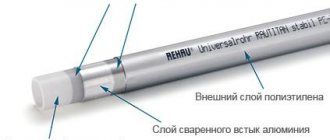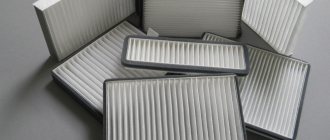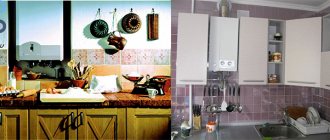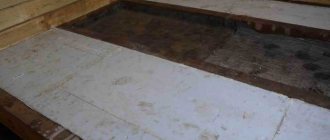| A place | Name | Feature in the rating |
| The best inexpensive electric convectors: budget up to 2000 rubles |
| 1 | Ballu BEC / EZER-1000 | Best functionality |
| 2 | Hyundai H-HV14-20-UI540 | Attractive price. Largest heating area |
| 3 | Timberk TEC.E0 M 1500 | Popular budget convector for home |
| 4 | RESANTA OK-2000S | High degree of reliability. Availability of a three-stage power regulator |
| The best electric wall mounted convectors: price - quality |
| 1 | Ballu BEC / EZER-1500 | Optimal price / functionality ratio |
| 2 | Electrolux ECH / AG2-2000 T | Attractive design. High level of technical equipment |
| 3 | Noirot Spot E-3 2000 | High build quality. Popular wall-mounted convector |
| 4 | NeoClima Comforte T2,0 | A wide range of protective circuits. Optimal price |
| The best gas convectors |
| 1 | Alpine air NGS-30 | Ignition without electricity |
| 2 | Karma Beta Mechanic 5 | High power and reliable performance |
| 3 | Gorenje GH 6201 | Best quality convector workmanship |
| 4 | Bartolini Calorama SSI 4500 | The lowest price in the segment |
| The best premium electric convectors |
| 1 | Nobo C4F20 | Better reliability. User Choice |
| 2 | Ballu BEP / EXT-2000 | The best ratio of price and quality |
| 3 | Noirot Spot E-5 2000 | High quality workmanship |
Convector power
Water convectors heating: design features and advantages of use
To choose the right device, you need to know the area of the room. To determine the power of the heater, you can take the formula: to heat 1 square meter of area, you need 100 W of the thermal power of the device. This calculation is relevant for rooms with a ceiling height of 2.8 m. If the height is greater, it is necessary to make an allowance for heat transfer.
It is not scary if the selected heater is a little larger than necessary. In this case, the heating system has a heating value margin. The heat dissipation of the device is controlled by a thermostat. The heater will never use more energy than necessary.
The number of installed convectors depends on the heat losses. Heating can be provided by one device with maximum heat transfer or several heaters with a lower calorific value.
Device of electrical conversion devices
Heating elements are:
- As a tube with aluminum fins.
- Needle type.
- Monolithic heaters.
In a tubular heater, a nichrome thread is placed in a steel tube. The cavity between the thread and the walls is filled with a material with high thermal conductivity. Aluminum ribs on the pipe help to increase the movement of air and provide heat transfer. Refers to economical types of heating elements, as it heats up more slowly than others and much lower in temperature.
Many modern convector models are equipped with protection against water ingress, which makes it possible to install them in a bath or shower room. Due to the unequal coefficient of expansion when heating the aluminum and the tube material, they crackle a little during operation.
Needle heaters They are made as a dielectric plate, on both sides of which there are heating chrome and nickel threads. They are treated with a layer of varnish. Such elements work silently, since the plate and filaments are heated and expanded in the same mode.
Needle elements are produced only for dry rooms, since they are not provided with moisture protection. The types of needle convectors are short-lived and impractical, are released much less frequently and are not in demand among users.
They are deservedly popular monolithic and tubular types elements because of its efficient and quiet operation.
The principle of operation of the electric convector
The operation of the device is based on replacing heated air with cold air, which, as is known from the laws of physics, displaces lighter warm masses. The circulation takes place continuously, and the device device allows you to distribute flows throughout the volume of the room, and not only horizontally. The advantages of the system are as follows:
- Ease of use. After the purchase, it remains only to install it in the right place and turn it on.
- Rapid heating of the entire volume of the room. This happens due to the attraction and displacement of the spent masses.
- The microclimate of the room is respected - oxygen is not burned, since the system is considered low-temperature and there are no open heating elements in it.
- No noise like fan heaters or oil heaters.
- High efficiency of the device - up to 90%. For comparison, solar panels use only 24%.
- Decent appearance - it can be installed in a conspicuous place without damage to the interior, or transferred to any other - the device is mobile.
The disadvantages include the high cost of energy consumed, but you can optimize costs if you calculate the heat loss in advance and how you should insulate your own home.
Calculation of heat loss at home
In order to make heating a private house with electric convectors optimal in terms of costs, it is necessary to calculate the heat loss of the house. The following parameters are taken into account:
- Material for making walls, windows, doors, ceilings and floors. Each of them has thermal resistance, which is found by the formula R = δ / λ, where δ is the layer thickness, and λ is the thermal conductivity coefficient.
- The time of using an electrical appliance is usually from 8 to 10 hours. The intensity will increase during the frost period.
- The material used for insulation. Usually these are styrene derivatives or basalt wool. You should pay attention to the first option during construction - they are the best of all raw materials for retaining heat.
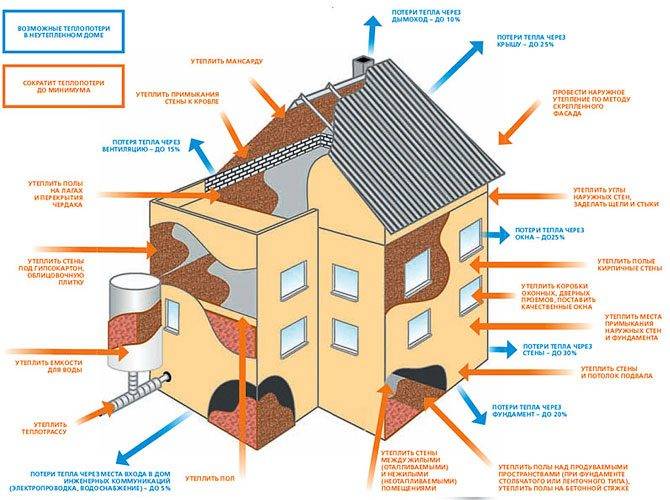
This is followed by the formula: Q = S * ΔT / R, where ΔT is the temperature difference, comfortable inside and minus outside. An example is a log house with expanded polystyrene insulation with an area of 6 × 7 m and a height of 2.5 m:
- Find R for wood - 420 / 0.35 = 1200 m² • ° C / W.
- Now for expanded polystyrene - 35 / 0.029 = 1207. Summing up the values, we get 2407 m² • ° C / W. Or 2.4 kW.
- Further, the construction area for all walls. It is equal to 65 m², excluding windows and doors. They should be calculated and subtracted from the total - approximately 2.5 m.Total - 62.5 m.
- The final calculation is 62.5 * (18 - (- 25)) / 2.4 = 1119 W or 1.11 kWh.
It is important to consider all materials - plaster, plastic, etc. This will make the value more accurate.
Now you can calculate the monetary equivalent - 1.11 * 24 * 30 * 3 = 2397 rubles 60 kopecks. The data was received for a day and a month of work. It is necessary to increase this amount by 10-20% of the amount for hot water supply + heating of passages, corridors and vestibules.
Let the stock be half of the calculated one and then the total will be - 3600 rubles / month. Whether it is expensive is up to the owner to decide, because the size and number of storeys of the house can be larger. Before buying a convector system, you should determine in advance how much you will have to spend regularly.
Atlantic Altis Ecoboost 1500
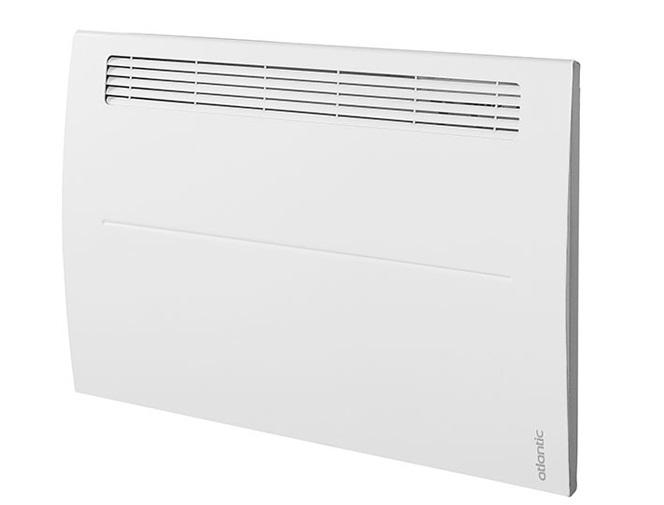

For many users, this convector model is optimal in terms of price-quality ratio. Affordable cost and power of 1500 W, which allows you to efficiently cope with heating 15 sq. m attracts thousands of potential buyers. The advantages do not end there. The unit can be installed both on the wall and on the floor. In addition, it is a convector with a rollover shutdown function, protection against overheating and cooling, and a moisture-proof casing, which makes operation completely safe. A special compartment for storing the cord will be just a pleasant bonus to the above advantages.
Advantages:
- low cost
- high safety in use
- convenient and easy-to-learn control
- profitability
Disadvantages:
- not found
Electrolux ECH / B-1500 E
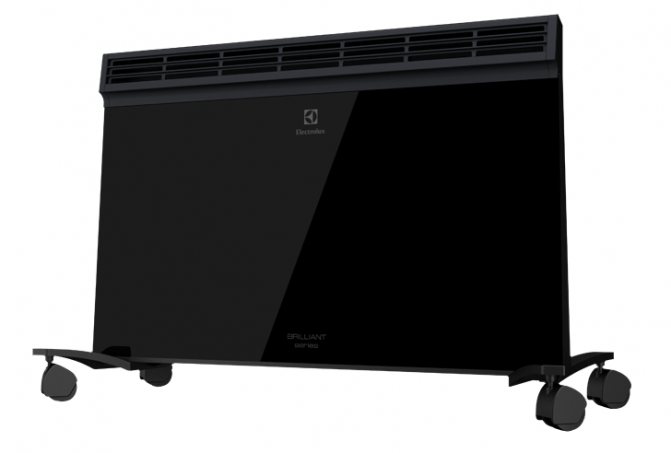

If you are looking for a good and inexpensive electric heating convector with overheating protection, then you should pay attention to this model. A power of 1500 W allows you to heat a room up to 20 sq. meters, so the device will be a good choice for many apartments. Moreover, its weight is only 6.4 kg with dimensions of 64x42x11 centimeters. Overheating protection function, electronic control and two modes of operation make the model safe and easy to operate. In addition, it is one of the most inexpensive heating convectors in its class.
Advantages:
- low operating noise
- good functionality
- lovely design
- timer availability
- operational safety
Disadvantages:
- when the desired temperature is reached, a loud click is heard
- very intense display illumination


